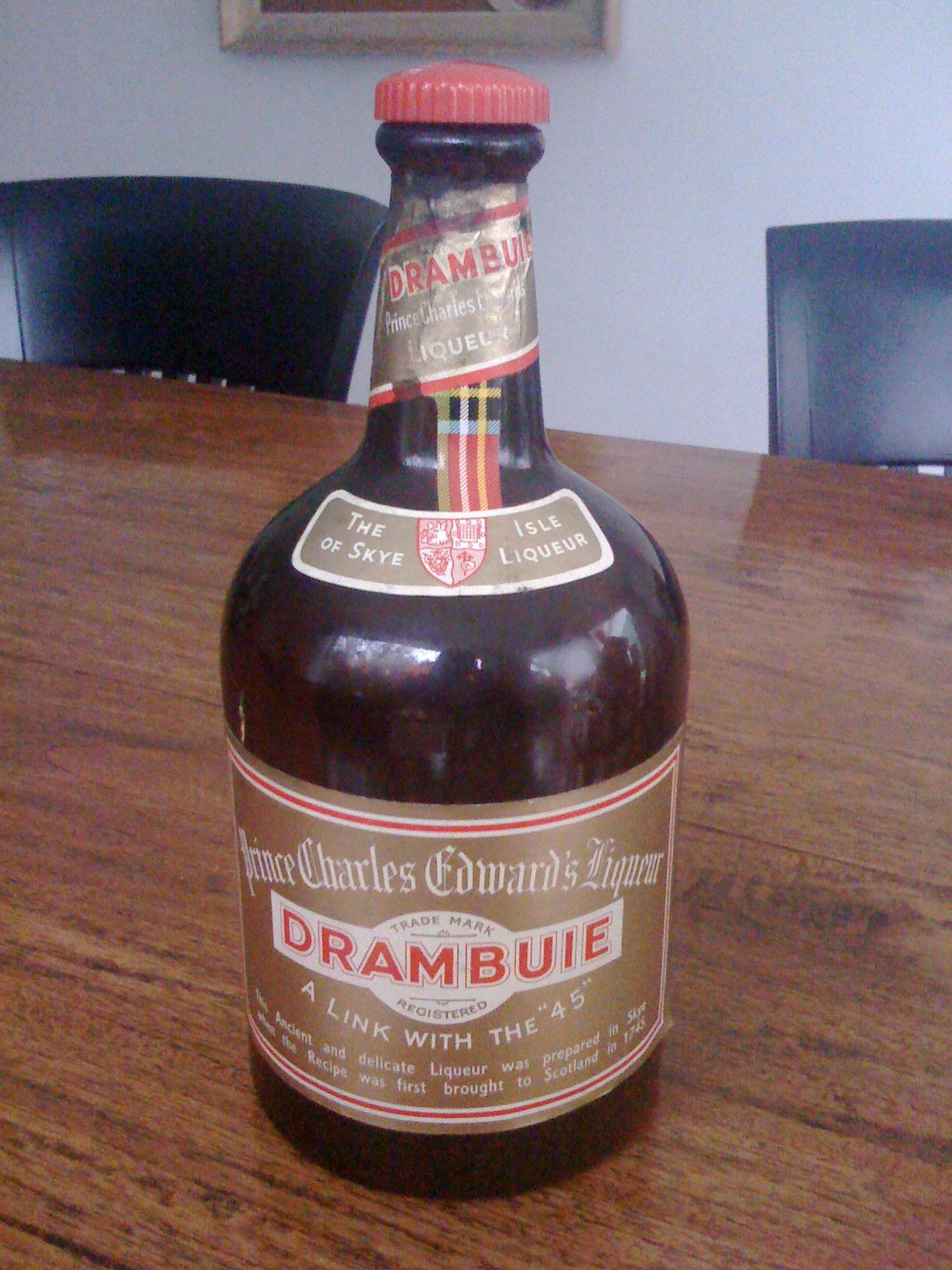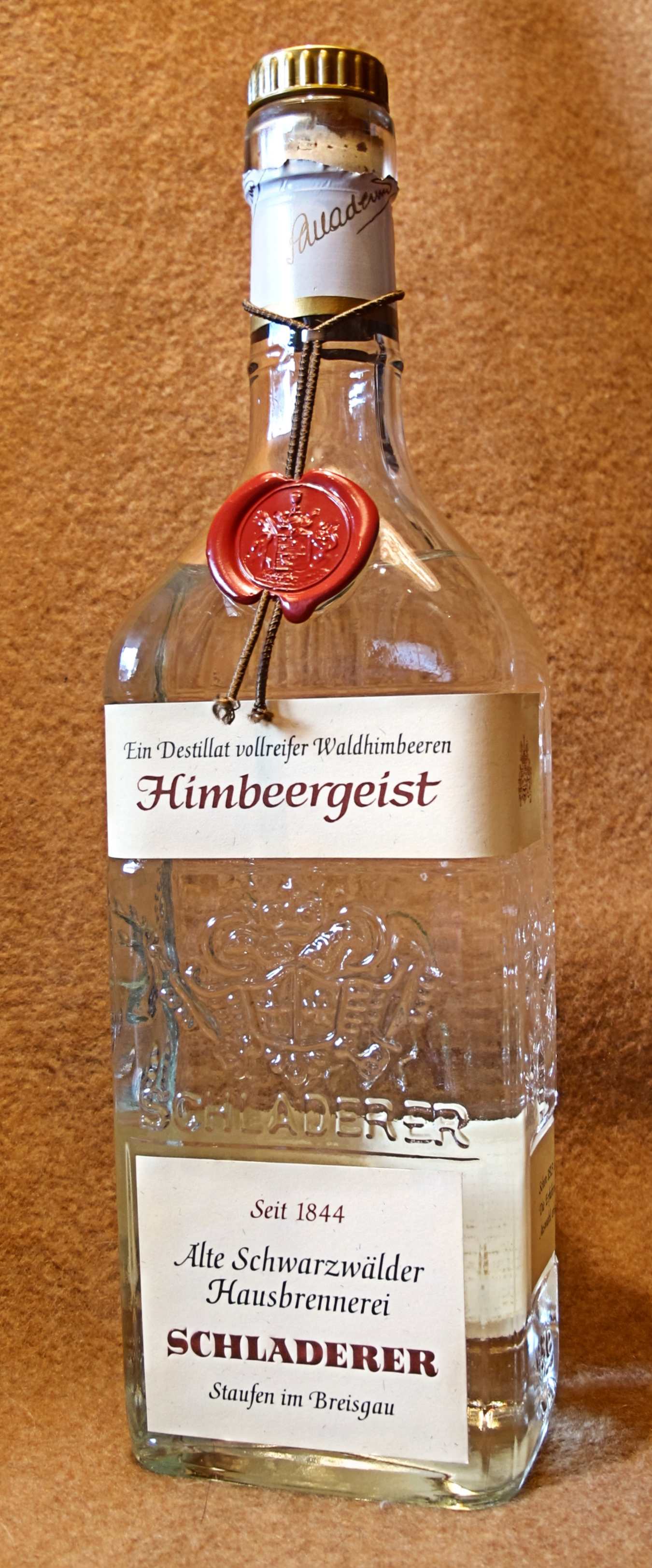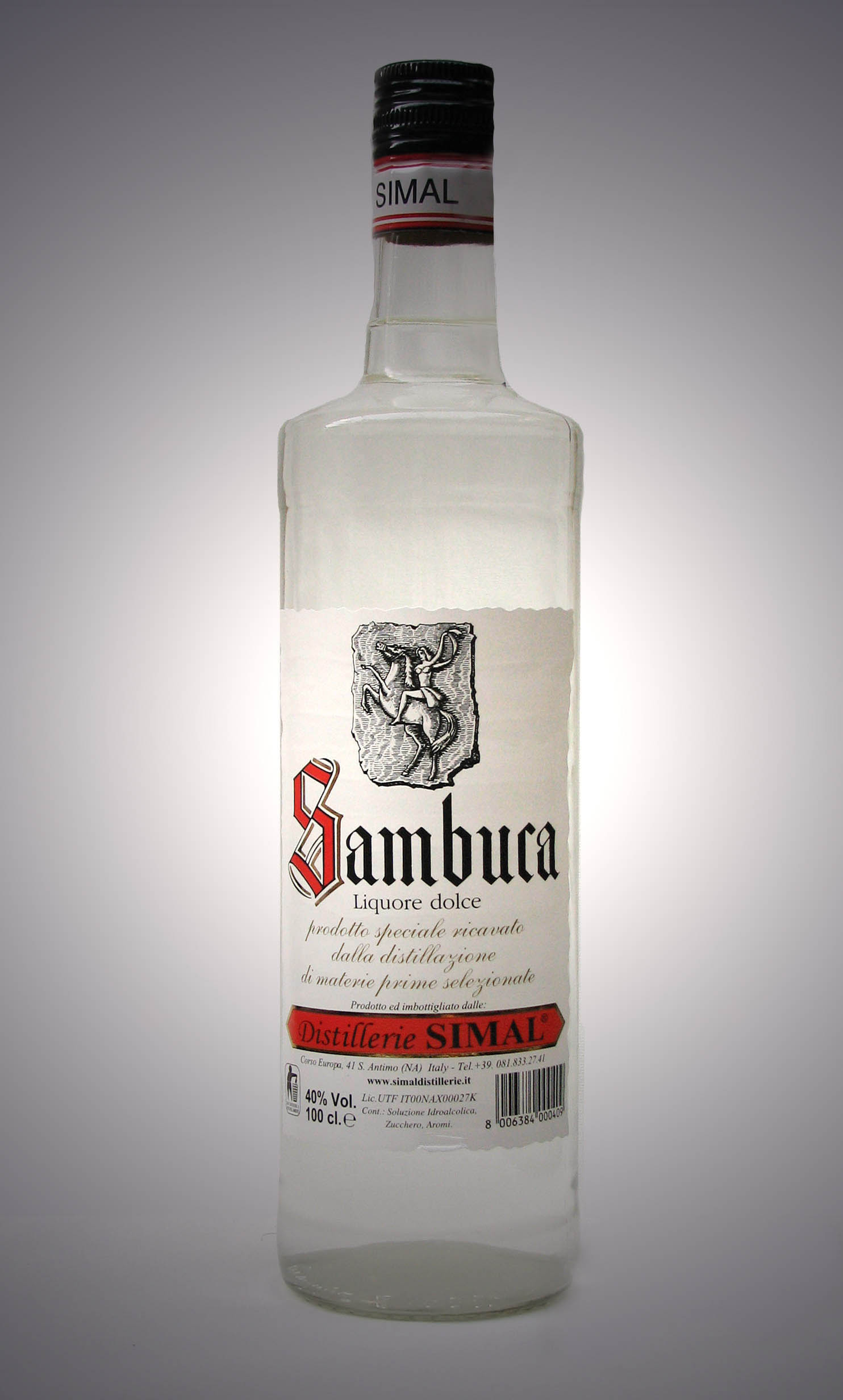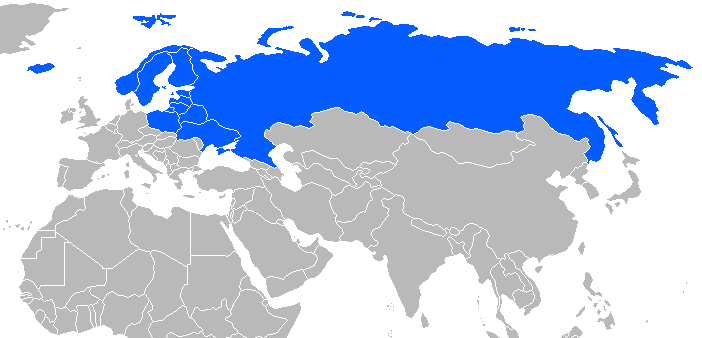|
Liqueur Coffee
A liqueur coffee is a caffeinated alcoholic drink that consists of a Shooter (drink), shot of liqueur, mixed into coffee. It is typically served in a liqueur glass, often accompanied with cream and sugar. Coffee liqueur beverages are served in different fashions and can be found throughout many countries. One of the most popular liqueur coffee beverage is commonly known as ''Irish coffee''. Liqueur coffee beverages are largely classified as cocktails as well as Apéritif and digestif, digestifs which are aimed at aiding the digestive process typically after a meal. History Historically, a liqueur has been an alcoholic drink with syrup qualities containing additives that sweeten and flavor the beverage. However, coffee liqueur (which subsequently get served like traditional coffee with add-ins like cream or sugar) was first produced in the 16th century. Throughout the years, coffee liqueurs have been made with a variety of additives and types of alcohol, although it generally ... [...More Info...] [...Related Items...] OR: [Wikipedia] [Google] [Baidu] |
Armagnac (brandy)
Armagnac (, ) is a distinctive kind of brandy produced in the Armagnac region in Gascony, southwest France. It is distilled from wine usually made from a blend of grapes including Baco 22A, Colombard, Folle blanche and Ugni blanc, traditionally using column stills. This is in contrast to the pot stills used in the production of cognac, which is made predominantly from ugni blanc grapes. The resulting spirit is aged in oak barrels before release. Production is overseen by the Institut national de l'origine et de la qualité (INAO) and the Bureau National Interprofessionel de l'Armagnac (BNIA). Armagnac was one of the first areas in France to begin distilling spirits. Because the overall volume of production is far smaller than cognac production, the brandy is less known outside Europe. In addition, for the most part it is made and sold by small producers, whereas cognac production is dominated by big-name brands, especially Courvoisier (owned by Campari Group), H ... [...More Info...] [...Related Items...] OR: [Wikipedia] [Google] [Baidu] |
Drambuie
Drambuie is a golden-coloured, 40% ABV liqueur made from Scotch whisky, heather honey, herbs and spices. The brand was owned by the MacKinnon family for 100 years, and was bought by William Grant & Sons in 2014. Etymology The name ''Drambuie'' possibly derives from the Scottish Gaelic phrase ("the drink that satisfies") a claim made by the original manufacturer of the drink. History Legend After the Battle of Culloden in 1746, Prince Charles Edward Stuart fled to the isle of Skye. There, he was given sanctuary by Captain John MacKinnon of Clan MacKinnon. According to family legend, after staying with the captain, the prince rewarded him with this prized drink recipe. This version of events is disputed by historians who believe it to be a story concocted to boost sales of the drink. The legend holds that the recipe was given by Clan MacKinnon to John Ross in the late 19th century. After John Ross's death in 1879, his son James Ross, a business man and owner of the Broadfo ... [...More Info...] [...Related Items...] OR: [Wikipedia] [Google] [Baidu] |
Schnapps
Schnapps ( or ) or schnaps is a type of alcoholic beverage that may take several forms, including distilled fruit brandies, herbal liqueurs, infusions, and "flavored liqueurs" made by adding fruit syrups, spices, or artificial flavorings to neutral grain spirits. The English loanword "schnapps" is derived from the colloquial German word ''Schnaps'' (plural: ''Schnäpse''), which is used in reference to spirit drinks. The word ''Schnaps'' stems from Low German and is related to the German term "''schnappen''", meaning "snap", which refers to the spirit usually being consumed in a quick slug from a small glass (i.e., a shot glass). European The German term ''Schnaps'' refers to "any kind of strong, dry spirit", similar to how '' eau de vie'' (water of life) is used in French, '' aguardiente'' (burning water) in Spanish, or ''aguardente'' in Portuguese. ''Obstler'' An ''Obstler'', or ''Obstbrand'' (from the German ''Obst'', fruit and ''Brand'', brandy), is a traditional ... [...More Info...] [...Related Items...] OR: [Wikipedia] [Google] [Baidu] |
Karsk
Karsk (also called kask or kaffeekask, alongside a variety of different names) is Norwegian cocktail (from the Trøndelag region) containing coffee together with moonshine and sometimes a spoon of sugar (enthusiasts often consider moonshine exclusively to be appropriate as an added component, as it has no inherent taste like other alcoholic beverages). Broader, it can also be found in other parts of Scandinavia. Etymology The word ''karsk'' is derived from the Old Norse adjective , meaning healthy, vigorous or agile. Origin The precise origin of ''karsk'' is unknown, however it appears to have been a popular drink in the Swedish Bohuslän district in the early 1800s. By the latter half of the century, its popularity spread across Norway. It was and still is especially popular in rural areas, although city-folk also enjoy it. It is firmly embedded as a part of the culture in Trøndelag, and according to former Norwegian Minister of Culture Trond Giske "Everyone who has grown up i ... [...More Info...] [...Related Items...] OR: [Wikipedia] [Google] [Baidu] |
Sambuca
Sambuca () is an Italian anise-flavoured liqueur. Its most common variety is often referred to as "white sambuca" to differentiate it from other varieties that are deep blue ("black sambuca") or bright red ("red sambuca"). Like other anise-flavoured liqueurs, the ouzo effect is sometimes observed when combined with water. Ingredients Sambuca is flavoured with essential oils obtained from star anise, or less commonly, green anise. Other spices such as elderflower, liquorice and others may be included but are not required as per the legal definition. It is bottled at a minimum of 38% alc/vol. The oils are added to pure alcohol, a concentrated solution of sugar, and other flavours. History The term comes from the Latin Latin ( or ) is a classical language belonging to the Italic languages, Italic branch of the Indo-European languages. Latin was originally spoken by the Latins (Italic tribe), Latins in Latium (now known as Lazio), the lower Tiber area aroun ... word ... [...More Info...] [...Related Items...] OR: [Wikipedia] [Google] [Baidu] |
Grappa
Grappa is an alcoholic beverage: a fragrant, grape-based pomace brandy of Italian origin that contains 35 to 60 percent alcohol by volume (70 to 120 Alcohol proof, US proof). Grappa is a protected name in the European Union. Grappa is made by Distillation, distilling the skins, pulp, seeds, and stems (i.e., the pomace) left over from winemaking after Pressing (wine), pressing the grapes. It was originally made to prevent waste by using these leftovers. A similar drink, known as ''acquavite d'uva'', is made by distilling whole must. In Italy, grappa is primarily served as a ''Italian meal structure#Formal meal structure, digestivo'' or Apéritif and digestif, after-dinner drink. Its main purpose is to aid in the digestion of heavy meals. Grappa may also be added to espresso coffee to create a ''caffè corretto'', meaning "corrected" coffee. Another variation of this is the ''ammazzacaffè'': the espresso is drunk first, followed by a few ounces of grappa served in its own glass ... [...More Info...] [...Related Items...] OR: [Wikipedia] [Google] [Baidu] |
Vodka
Vodka ( ; is a clear distilled beverage, distilled alcoholic beverage. Its varieties originated in Poland and Russia. Vodka is composed mainly of water and ethanol but sometimes with traces of impurities and flavourings. Traditionally, it is made by distilling liquid from Fermentation in food processing, fermented cereal, cereal grains and potatoes since the latter was introduced in Europe in the 18th century. Some modern brands use maize, Sugarcane, sugar cane, fruits, fruit, honey, and Maple syrup, maple sap as the base. Since the 1890s, standard vodkas have been 40% alcohol by volume (ABV) (80 U.S. proof). The European Union has established a minimum alcohol content of 37.5% for vodka. Vodka in the United States must have a minimum alcohol content of 40%. Vodka is traditionally drunk "Bartending terminology, neat" (not mixed with water, ice, or other Mixer drink, mixers), and it is often served freezer chilled in the Alcohol belts of Europe#Vodka belt, vodka belt of Belaru ... [...More Info...] [...Related Items...] OR: [Wikipedia] [Google] [Baidu] |
Amaro (liqueur)
''Amaro'' ( Italian for 'bitter') is an Italian herbal liqueur that is commonly consumed as an after-dinner digestif. It usually has a bitter-sweet flavour, sometimes syrupy, and has an alcohol content between 16% and 40%. Similar liqueurs have traditionally been produced throughout Europe. There are local varieties in Germany (where they are called '' Kräuterlikör''), Switzerland, Hungary, Slovakia, Czechia, the Netherlands, and France; however, the term ''amaro'' is applied only to Italian products of this type. ''Amaro'' is typically produced by macerating herbs, roots, flowers, bark, and/or citrus peels in alcohol, either neutral spirits or wine, mixing the filtrate with sugar syrup, and allowing the mixture to age in casks or bottles. Dozens of varieties are commercially produced, the most commonly available of which are Fernet-Branca, Averna, Ramazzotti, Lucano, and Montenegro. Many commercial bottlers trace their recipe or production to the 19th century. Recip ... [...More Info...] [...Related Items...] OR: [Wikipedia] [Google] [Baidu] |
Ristretto
Ristretto (), known in full in Italian as ''caffè ristretto'', is a "short shot" ( from a double basket) of a highly concentrated espresso coffee. It is made with the same amount of ground coffee, but extracted (also in from 20 to 30 seconds) using half as much water. A normal short shot might look like a ristretto, but in reality, would only be a weaker, more diluted, shot. The opposite of a ''ristretto'' (Italian for 'shortened, narrow') is a lungo ('long'), which has double the amount of water. In France a ristretto is called ''café serré''. Regardless of whether one uses a hand-pressed machine or an automatic, a regular double shot is generally considered to be around of ground coffee extracted into about 40 ml (2 fl oz; two shot glasses). Thus, a "double ristretto" consumes the same amount of coffee beans but fills only a single shot glass. Coffee contains over a thousand aromatic compounds. A ristretto's chemical composition and taste differ from those ... [...More Info...] [...Related Items...] OR: [Wikipedia] [Google] [Baidu] |
Espresso
Espresso (, ) is a concentrated form of coffee produced by forcing hot water under high pressure through finely ground coffee beans. Originating in Italy, espresso has become one of the most popular coffee-brewing methods worldwide. It is characterized by its small serving size, typically 25–30 ml, and its distinctive layers: a dark body topped with a lighter-colored foam called "crema". Espresso machines use pressure to extract a highly concentrated coffee with a complex flavor profile in a short time, usually 25–30 seconds. The result is a beverage with a higher concentration of suspended and dissolved solids than regular drip coffee, giving espresso its characteristic body and intensity. While espresso contains more caffeine per unit volume than most coffee beverages, its typical serving size results in less caffeine per serving compared to larger drinks such as drip coffee. Espresso serves as the base for other coffee drinks, including cappuccino, Latte, caffè latte, ... [...More Info...] [...Related Items...] OR: [Wikipedia] [Google] [Baidu] |








